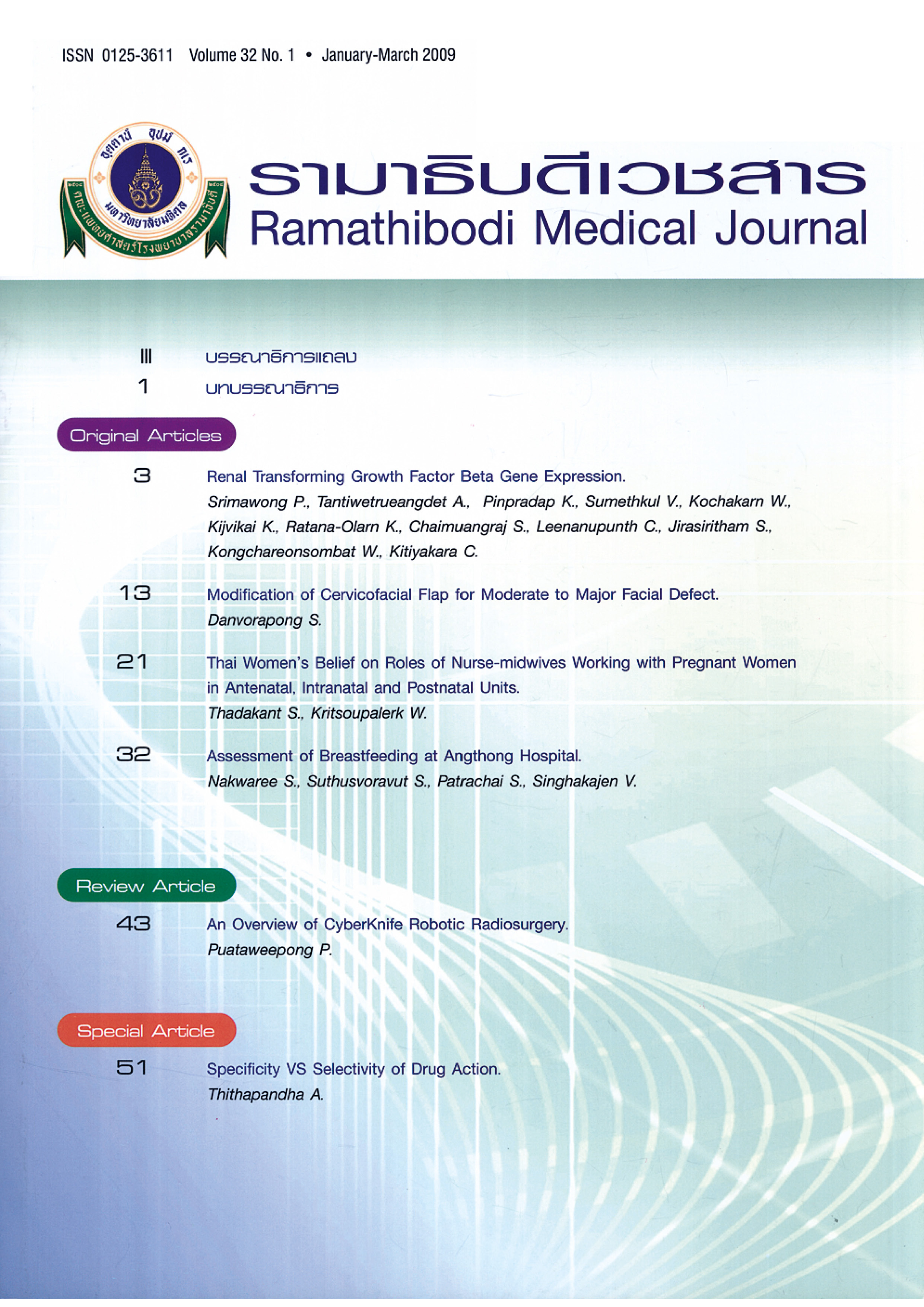An Overview of CyberKnife Robotic Radiosurgery
Keywords:
Radiosurgery, CyberKnife, Imaged-guided, Tumor ablation, StereotacticAbstract
Stereotactic radiosurgery is a non-invasive procedure that utilizes precisely targeted radiation as an ablative surgical tool. Conventional radiosurgery devices, such as the Gamma Knife and X-Knife rely upon skeletally attached stereotactic frames to immobilize the patient and precisely determine the 3D spatial position of a tumor. A relatively new instrument, the CyberKnife (Accuray, Inc., Sunnyvale, CA), makes it possible to administer radiosurgery without a frame. The CyberKnife localizes clinical targets using a very accurate Image-to-Image correlation algorithm, and precisely cross-fires high-energy radiation from a lightweight linear accelerator by means of a highly manipulable robotic arm, Cyberknife radiosurgery is an effective alternative to conventional surgery or radiation therapy for a range of tumors and some non-neoplastic disorders. This report will describe Cyberknife technology and oncologic applications in neurosurgery and throughout the body.
References
Pratt WB, Fekety FR, eds. The Antimicrobial Drugs. New York: Oxford University Press; 1989.
Hitchings GH, Burchall JJ. Inhibition of folate biosynthesis and function as a basis for chemotherapy. Adv Enzymol Relat Areas Mol Biol. 1965;27:417-468. doi:10.1002/9780470122723.ch9.
Greenwood D. Antimicrobial Chemotherapy. 4th ed. Oxford: Oxford University Press; 2000.
Gilbert DN, Moellerinq RC, Sande MA. The Sanford Guide to Antimicrobial Therapy. Hyde Park, VT: Antimicrobial Therapy; 2002.
Mandell GL, Bennett JE, Dolin R. Principles and Practice of Infectious Diseases. Volume 1. 6th ed. Philadelphia: Elsevier Churchill Livingstone; 2005.













